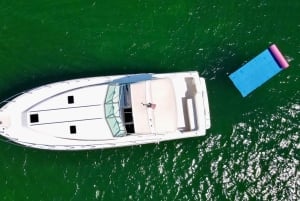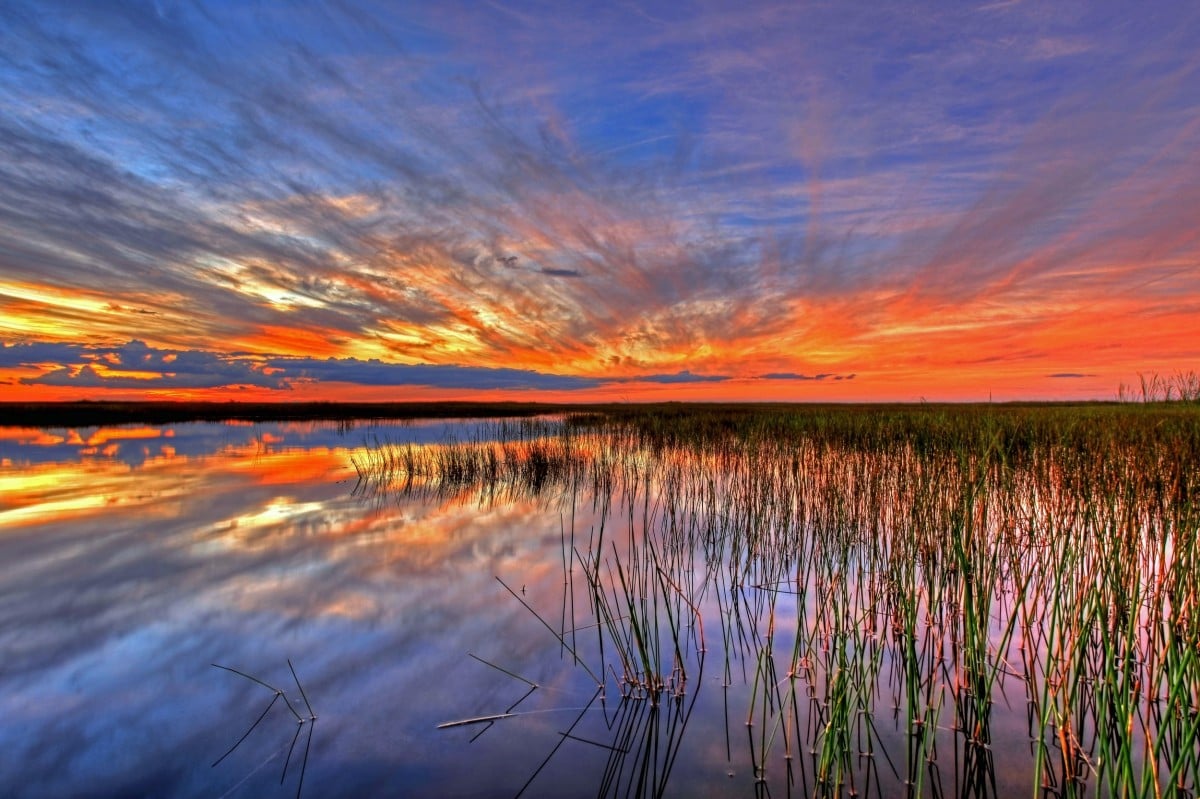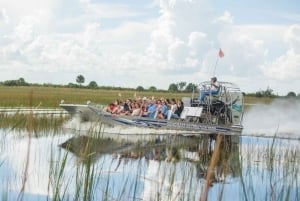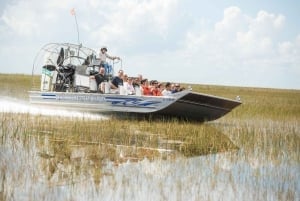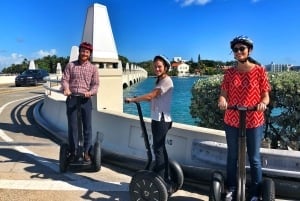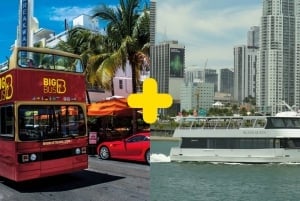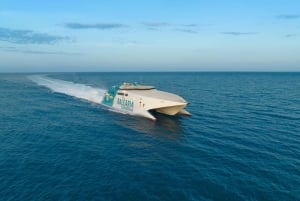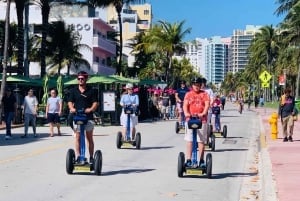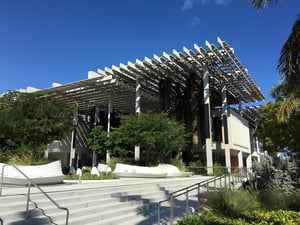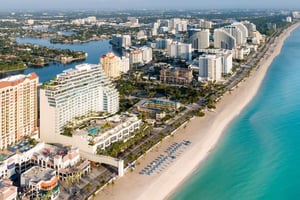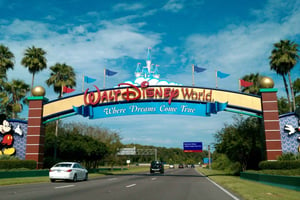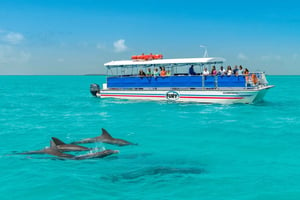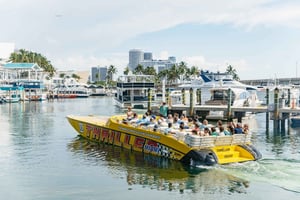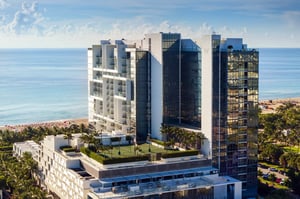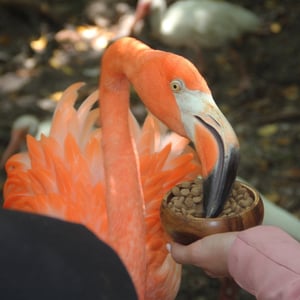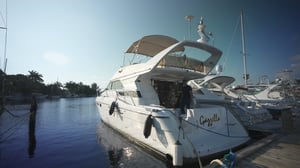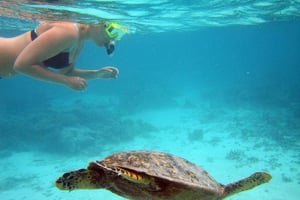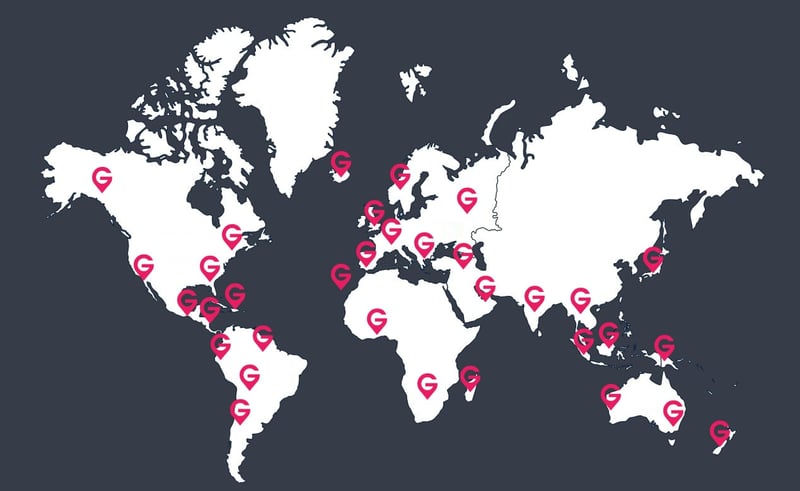Culture & History
Nature & adventure
Natural Attractions & National Parks
Adventure
One of the natural parks best known for
its diversity of habitats and for
housing endangered species, such as the American crocodile, the Florida panther, or the West Indian manatee, is the
Everglades National Park. In 1934, Everglades Park was declared a
World Heritage Site, an International Biosphere Reserve, and a Wetland of International Significance.
The national park is situated in southern Florida and has
various entrances due to its large protected area: the entrance from
Homestead, the one from Miami, and the one nearest to Naples and Everglades City.
Homestead's entrance is located at 40001 State Road 9336, Homestead, FL 33034. Ernest F. Coe, Royal Palm, and Flamingo are the nearest visitor centers. The entrance to Miami is located at 36000 SW Miami 8th Street, FL 33194. The Shark Valley Visitor Center is the visitor center for this section of the park. The entrance is at 815 Oyster Bar Lane, Everglades City, FL 34139, from Naples or Everglades City, and the Gulf Coast Visitor Center is the nearest visitor center. Entrance to the park by vehicle, walking, or cycling.
The
extension of the park is more than 6,000 km2 of subtropical environment, so it is important to know that the Everglades have different seasons: the wet and the dry seasons.
Since many of the activity initiatives are not carried out, the wet or snowy season is not quite convenient for a visit to the park; this season is from April to November. The
dry season is from November to March, and the most recommended visit is the park; this season is when the
greatest variety of animals can be seen.
For a better visiting experience, we recommend that you use mosquito repellent since, being surrounded by
swampy areas, mosquitoes are abundant insects.
